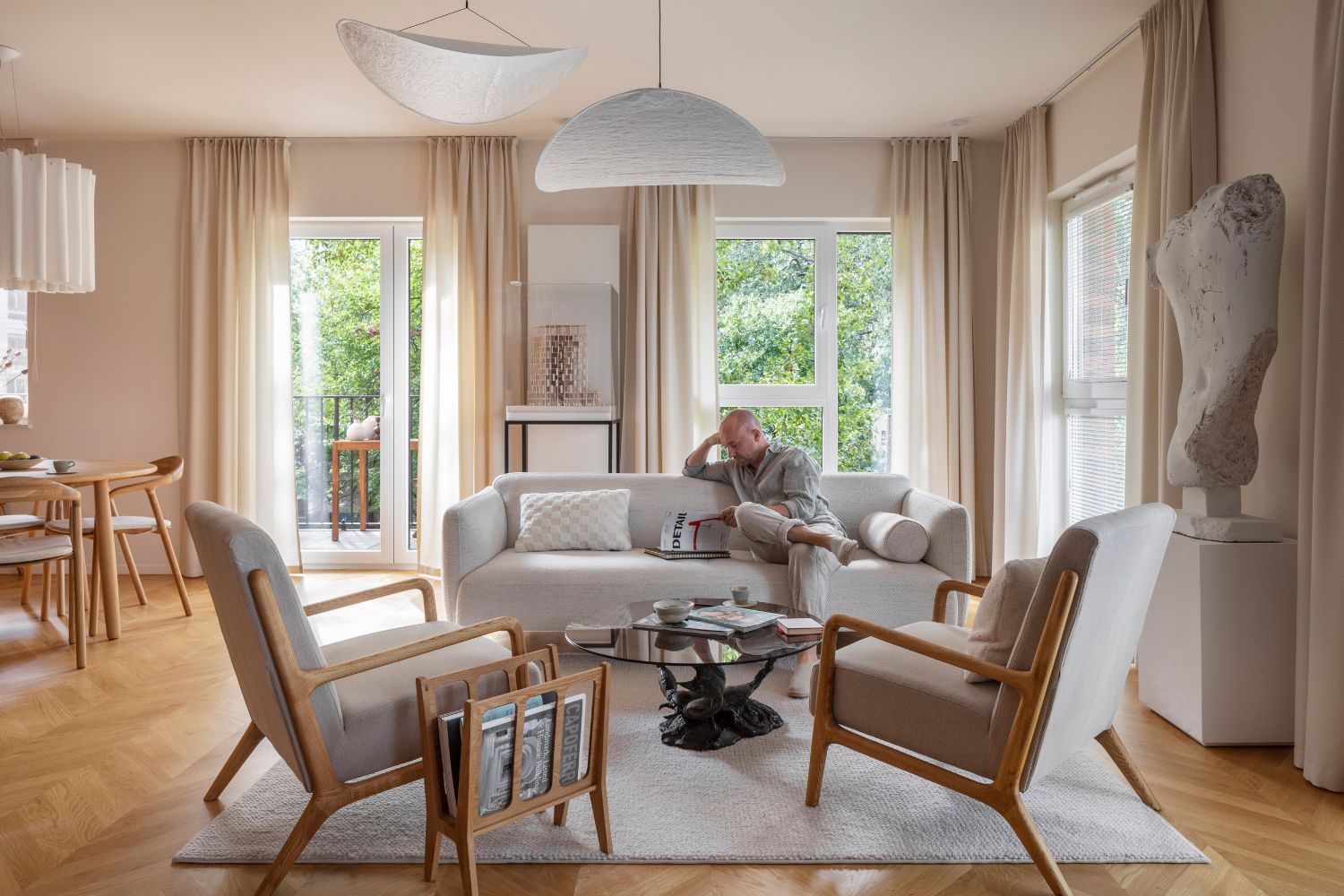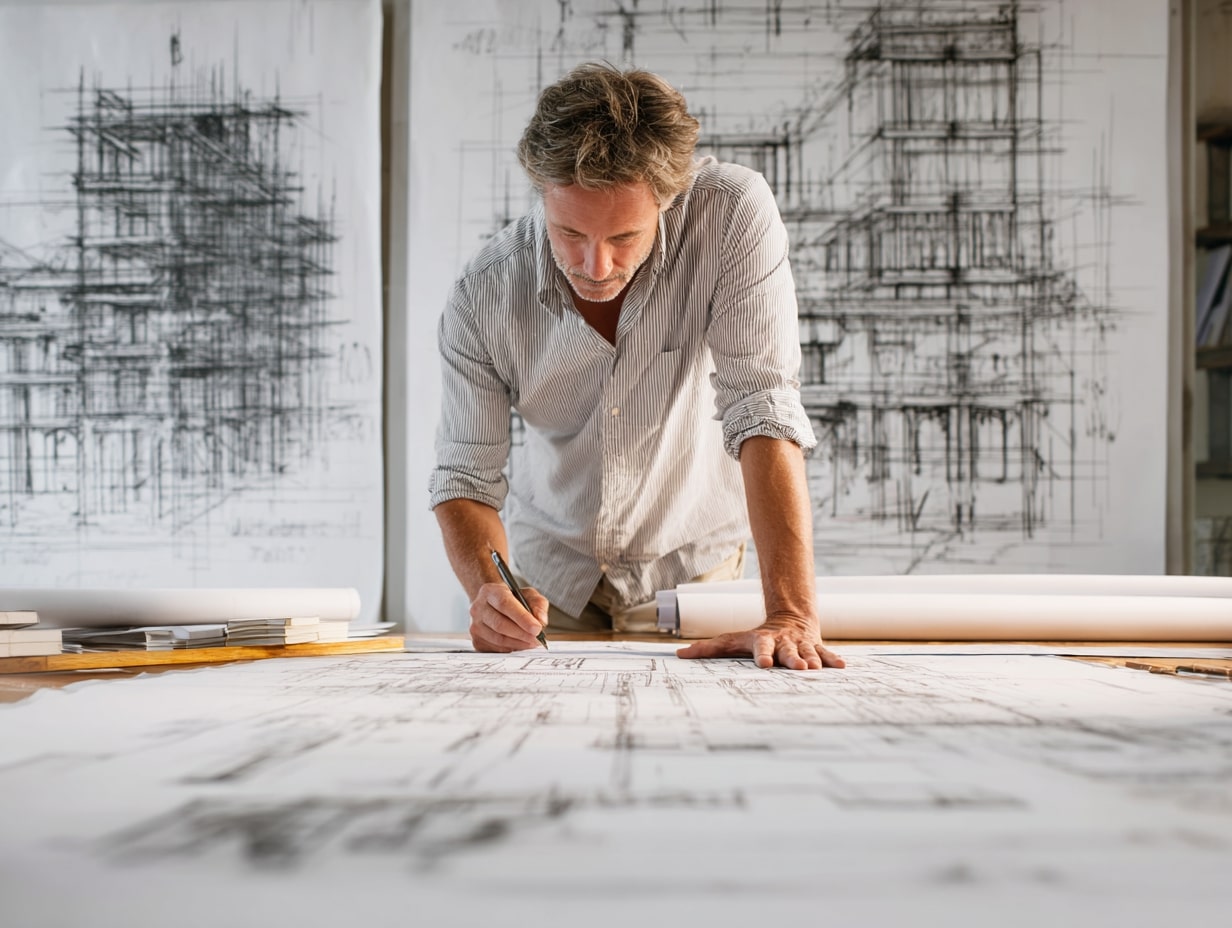- Home
- Articles
- Architectural Portfolio
- Architectral Presentation
- Inspirational Stories
- Architecture News
- Visualization
- BIM Industry
- Facade Design
- Parametric Design
- Career
- Landscape Architecture
- Construction
- Artificial Intelligence
- Sketching
- Design Softwares
- Diagrams
- Writing
- Architectural Tips
- Sustainability
- Courses
- Concept
- Technology
- History & Heritage
- Future of Architecture
- Guides & How-To
- Art & Culture
- Projects
- Interior Design
- Competitions
- Jobs
- Store
- Tools
- More
- Home
- Articles
- Architectural Portfolio
- Architectral Presentation
- Inspirational Stories
- Architecture News
- Visualization
- BIM Industry
- Facade Design
- Parametric Design
- Career
- Landscape Architecture
- Construction
- Artificial Intelligence
- Sketching
- Design Softwares
- Diagrams
- Writing
- Architectural Tips
- Sustainability
- Courses
- Concept
- Technology
- History & Heritage
- Future of Architecture
- Guides & How-To
- Art & Culture
- Projects
- Interior Design
- Competitions
- Jobs
- Store
- Tools
- More
Advancing Architectural Learning: Modern Methods and Approaches

The realm of architectural education is currently at a pivotal juncture, marked by a profound evolution driven by technological advancements, emerging societal demands, and environmental considerations. In this transformative era, the role of architects extends beyond traditional design and construction to encompass a broader spectrum of skills, including digital proficiency, ecological sensitivity, and collaborative acumen. This blog post delves into the innovative teaching methods that are redefining architectural education, ensuring that the architects of tomorrow are not only masters of design and theory but are also equipped with the diverse and adaptable skill sets required to navigate the complexities of modern architecture. By embracing these novel approaches, architectural schools are creating an enriching educational environment that fosters creativity, critical thinking, and a deep understanding of the socio-environmental responsibilities of architects in the 21st century.
Table of Contents
ToggleDigital Fabrication and 3D Printing
Architectural education now emphasizes the use of digital tools for design and construction. Digital fabrication laboratories, commonly known as ‘Fab Labs’, equipped with 3D printers, laser cutters, and CNC machines, are becoming standard in architecture schools. These technologies allow students to experiment with complex designs and understand the nuances of material properties and construction methods.

Virtual Reality (VR) and Augmented Reality (AR)
VR and AR technologies provide immersive experiences that are transforming how architectural design is taught and perceived. Students can virtually walk through their designs, understanding spatial relationships and scale in a way that was not possible with traditional models or drawings. This technology also facilitates remote collaboration, allowing students to work on projects with peers and professionals around the world.
Sustainability and Ecological Design
With the growing emphasis on sustainability, architectural education is increasingly incorporating ecological design principles. Courses now cover topics such as energy efficiency, sustainable materials, and green building certifications. Students are encouraged to think about the environmental impact of their designs, focusing on creating structures that are not only aesthetically pleasing but also environmentally responsible.

Interdisciplinary Collaboration
The complex nature of modern architecture requires a collaborative approach. Architectural schools are fostering interdisciplinary learning by integrating courses with other disciplines such as engineering, urban planning, and environmental science. This approach helps students understand the broader context of their work and prepares them for the collaborative nature of professional practice.
Project-Based Learning
Moving away from traditional lecture-based teaching, architectural education is increasingly adopting a project-based learning approach. Students are given real-world problems to solve, often in collaboration with local communities or industry partners. This hands-on approach helps students develop practical skills and an understanding of the complexities involved in bringing a design project to fruition.

International Exchange Programs
Exposure to different cultures and architectural styles is crucial for a well-rounded education. Many architecture schools now offer international exchange programs, allowing students to study abroad and gain insights into different architectural practices and cultural contexts.
As the field of architectural education continues to adapt and evolve, it becomes a mirror reflecting the ever-changing dynamics of architecture itself. The incorporation of innovative teaching methodologies within architectural schools is not merely a response to new technologies and societal needs but a proactive effort to shape the architects of tomorrow. These methods go beyond traditional pedagogies, emphasizing the importance of digital fluency, ecological awareness, and collaborative practice.
This evolution in architectural education is crucial in preparing students for a future where they will need to be versatile, creative, and ethically grounded professionals. The current landscape of architectural education is a fertile ground for cultivating architects who are not only technically proficient and design-savvy but also deeply conscious of their role in society and the environment. As we move forward, the significance of these educational transformations becomes more apparent, positioning architectural education as a key driver in the development of sustainable, innovative, and socially responsible architecture.
The future of architecture depends on the ability of today’s educators to equip students with the skills, knowledge, and mindset to navigate and shape a world that is in constant flux. The new approaches in architectural education are thus an essential component in preparing a new generation of architects to envision and build a better, more resilient, and more beautiful world for all.
illustrarch is your daily dose of architecture. Leading community designed for all lovers of illustration and #drawing.
Submit your architectural projects
Follow these steps for submission your project. Submission FormLatest Posts
Why Timely Intervention Is Critical In Controlling Household Pest Problems
Pests move fast, so your response has to move faster. The sooner...
Evaluating Safety and Care Needs for Aging Parents
Caring for a parent involves balancing respect for independence with real-world safety....
Solutions to Keep Every Room Organized
Clutter sneaks in fast, but a calm home is built one small...
How to Read Construction Drawings: A Practical, Field-Tested Guide
How to read construction drawings: a clear, step-by-step guide to decode sheets,...












Leave a comment